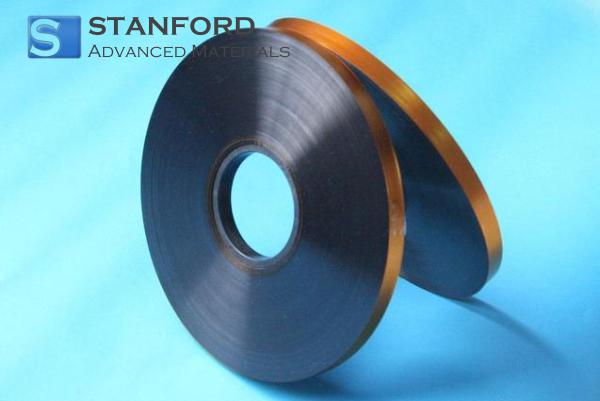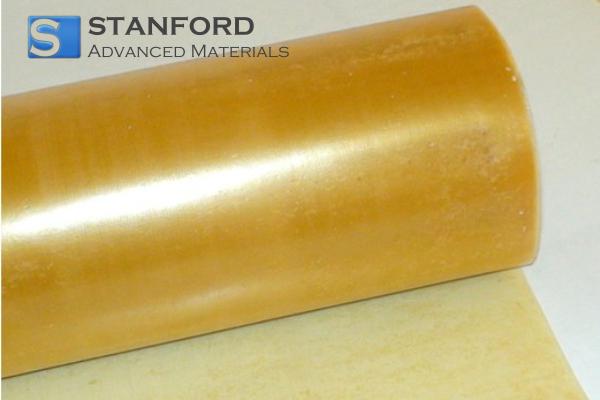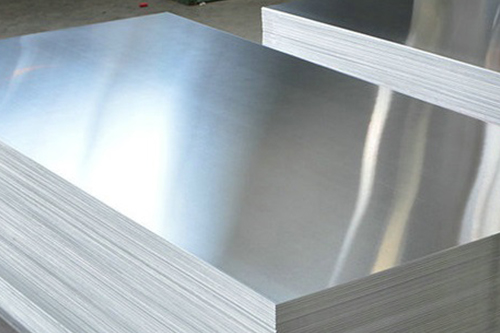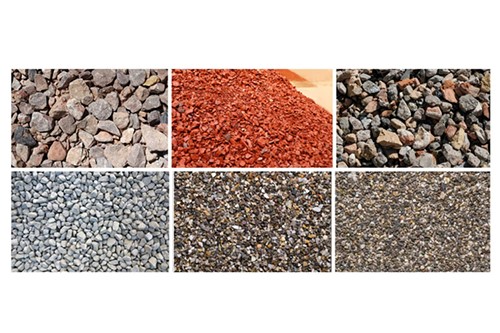ASTM E84: Assessing Surface Burning Characteristics
Introduction
The fire behaviour of materials plays a crucial role in determining their suitability for use in buildings and other constructions. ASTM E84 provides a standardised method for evaluating a material’s reaction to flame exposure. This test is essential for ensuring safety and for complying with building regulations. It is vital for manufacturers, architects and safety experts who prioritise fire resistance in their projects.
The Importance of Surface Combustibility Classification
Understanding the surface combustion characteristics of materials is important for several reasons:
- Safety: Materials with poor surface combustibility can facilitate the rapid spread of fire and, consequently, pose a substantial risk to occupants and property.
- Compliance with Regulations: Building regulations require specific surface combustibility values to confirm that structures adhere to safety standards.
- Material Selection: Choosing materials with appropriate combustible properties increases the overall fire resistance of a structure.
- Insurance: Adherence to ASTM E84 guidelines may affect insurance premiums and liability in the event of a fire.
Overview of the Procedure
- Preparation of the Samples: Material samples are cut to the specified dimensions and conditioned under controlled temperature and humidity conditions.
- Test Setup: The samples are placed in the test apparatus, ensuring accurate alignment and positioning.
- Ignition: A controlled flame is directed at the surface of the sample for a specified duration.
- Observation: The spread of the flame along the material’s surface is recorded. Measurements are taken to determine the flame spread index (FSI) and the smoke development index (SDI).
- Data Analysis: The results are analysed to evaluate the material’s surface fire behaviour and to verify compliance with ASTM E84 requirements.
Applications of ASTM E84
ASTM E84 is frequently applied in sectors where fire protection is a priority. The primary applications include:
- Building Materials: Testing of paints, coatings, floorings and wall coverings to ensure adherence to fire safety standards.
- Furniture Manufacturing: Assessment of the flammability of upholstered furniture and fabrics.
- Automotive Industry: Evaluation of the fire performance of interior materials and components.
- Public Transport: Ensuring that materials used in buses, trains and other public transport vehicles meet safety requirements.
- Consumer Goods: Testing of household items such as curtains and bedding for compliance with fire protection regulations.
Comparison of Surface Combustion Standards
|
Standard |
Test Method |
Applications |
Advantages |
Limitations |
|
ASTM E84 |
Steiner Tunnel Test |
Building materials, furniture |
Widely recognised; delivers reliable results |
Time-consuming and requires specialised equipment |
|
ISO 11925-2 |
Single flame test |
Interior finishes, textiles |
Rapid evaluation with a simple setup |
Less extensive than ASTM E84 |
|
NFPA 255 |
Corner test |
Building materials, furnishings |
Replicates actual fire propagation |
Complex and costly |
|
UL 723 |
Evaluation of flame spread |
Building materials, insulation |
Standardised for safety assessment |
Limited to specific material types |
|
CAN/ULC-S102 |
Steady State Test |
Construction and interior materials |
Delivers consistent and repeatable tests |
Regionally applicable (Canada) |
Further information is available from Stanford Advanced Materials (SAM)
Frequently Asked Questions
What is the purpose of ASTM E84?
ASTM E84 is used to evaluate the surface combustion properties of building materials to ensure that they meet safety standards for flame spread and smoke development.
Why is the evaluation of surface fire behaviour important?
Assessing fire behaviour is essential for determining how materials respond in a fire, thereby affecting the safety of occupants and the structural integrity of buildings.
Can ASTM E84 be applied to all types of materials?
Yes, ASTM E84 can be used to test a wide range of construction and interior materials, including paints, coatings, textiles and plastics, provided they meet the criteria for sample preparation.
What equipment is necessary for testing in accordance with ASTM E84?
The standard requires a Steiner Tunnel test apparatus, controlled environmental conditions, calibrated ignition sources and devices to measure the flame spread index (FSI) and the smoke development index (SDI).
How does ASTM E84 ensure an accurate assessment of fire safety?
ASTM E84 provides detailed procedures for sample preparation, test conditions and data analysis, thereby ensuring a consistent evaluation of the material’s surface fire behaviour.

 Bars
Bars
 Beads & Spheres
Beads & Spheres
 Bolts & Nuts
Bolts & Nuts
 Crucibles
Crucibles
 Discs
Discs
 Fibers & Fabrics
Fibers & Fabrics
 Films
Films
 Flake
Flake
 Foams
Foams
 Foil
Foil
 Granules
Granules
 Honeycombs
Honeycombs
 Ink
Ink
 Laminate
Laminate
 Lumps
Lumps
 Meshes
Meshes
 Metallised Film
Metallised Film
 Plate
Plate
 Powders
Powders
 Rod
Rod
 Sheets
Sheets
 Single Crystals
Single Crystals
 Sputtering Target
Sputtering Target
 Tubes
Tubes
 Washer
Washer
 Wires
Wires
 Converters & Calculators
Converters & Calculators
 Write for Us
Write for Us




 Chin Trento
Chin Trento



